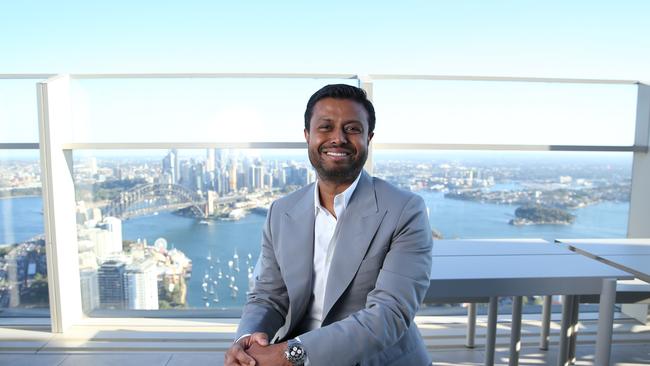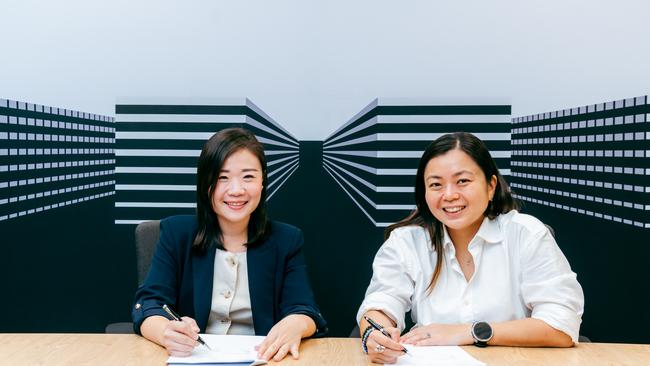AirTrunk intensifies green energy push, unveiling 1MW rooftop solar project, as Oracle goes nuclear
Unlike Oracle, AirTrunk believes it can achieve net zero by the end of the decade with renewable energy rather than nuclear power.

AirTrunk is edging closer to achieving net zero emissions by the end of the decade, striking a deal to install a 1 megawatt rooftop solar system at its flagship Malaysian data centre.
The centre, at Johor Bahru on Malaysia’s southern tip, opened in July and was hailed as an “artificial intelligence ready” facility, with its initial phases capable of providing more than 50MW of capacity to its big tech customers.
On Thursday AirTrunk signed a deal with Pekat Solar to install the rooftop system — its first renewable energy project in the region.
It comes as Oracle co-founder Larry Ellison revealed the company was designing a data centre with three small nuclear reactors which deliver more than a gigawatt of power — enough to power more than 800,000 homes for a year.
But, AirTrunk founder and chief executive Robin Khuda believes renewable energy is a better option to achieve net zero emissions than nuclear energy, saying it can be deployed more quickly and cheaply.
“There is a significant opportunity before starting to move to nuclear in my view,” Mr Khuda told The Australian in September.
AirTrunk also has a virtual power purchase power agreement to buy energy from a 30MW solar farm that is currently being developed by ib vogt under Malaysia’s Corporate Green Power Program.
In addition to being cheaper than nuclear energy, Mr Khuda said AirTrunk’s customers – which included Microsoft, Google and Amazon – are willing to pay a premium for renewable energy to meet their own sustainability commitments.
He plans to grow AirTrunk into a $100bn business after he sold it to Blackstone for $24bn earlier this year, catapulting him into Australia’s richest elite.

AirTrunk vice-president and country head, Malaysia, Pei Jet said the rooftop solar installation, combined with virtual power purchasing agreements and reduced energy consumption via liquid cooling, “supports the energy transition”.
AirTrunk energy transition director Katherine Tjandra said rooftop solar was an “essential part of the suite of solutions in AirTrunk’s renewable energy road map”.
“We are embedding sustainability into our operational DNA by utilising available space on our campuses for solar power, reaffirming AirTrunk’s focus on developing and operating sustainable digital infrastructure,” Ms Tjandra said.
New investment among Australia’s biggest data centre operators is set to top $26bn by the end of the decade as demand for artificial intelligence tools soars and more people install smart devices in their homes, according to a report from Mandala Partners.
AirTrunk and other big data centre operators, including Amazon, CDC, Microsoft and NextDC have been quick to highlight their sustainability credentials following criticism they are exacerbating climate change, given the amount of power and water data centres consume.
The companies say data centres are a “crucial component of Australia’s digital infrastructure”, supporting connectivity, from internet use to emergency response and disease surveillance, and consume about 1 per cent of Australia’s annual electricity usage. This compares with metal manufacturing accounting for 14 per cent of electricity use.
The data centre operators and their big tech customers have also committed to matching their power use with 100 per cent renewable energy by 2030 via power purchase agreements (PPAs) to spur investment in renewables. Already, 45 per cent of global renewable energy PPAs involve data centre operators.






To join the conversation, please log in. Don't have an account? Register
Join the conversation, you are commenting as Logout